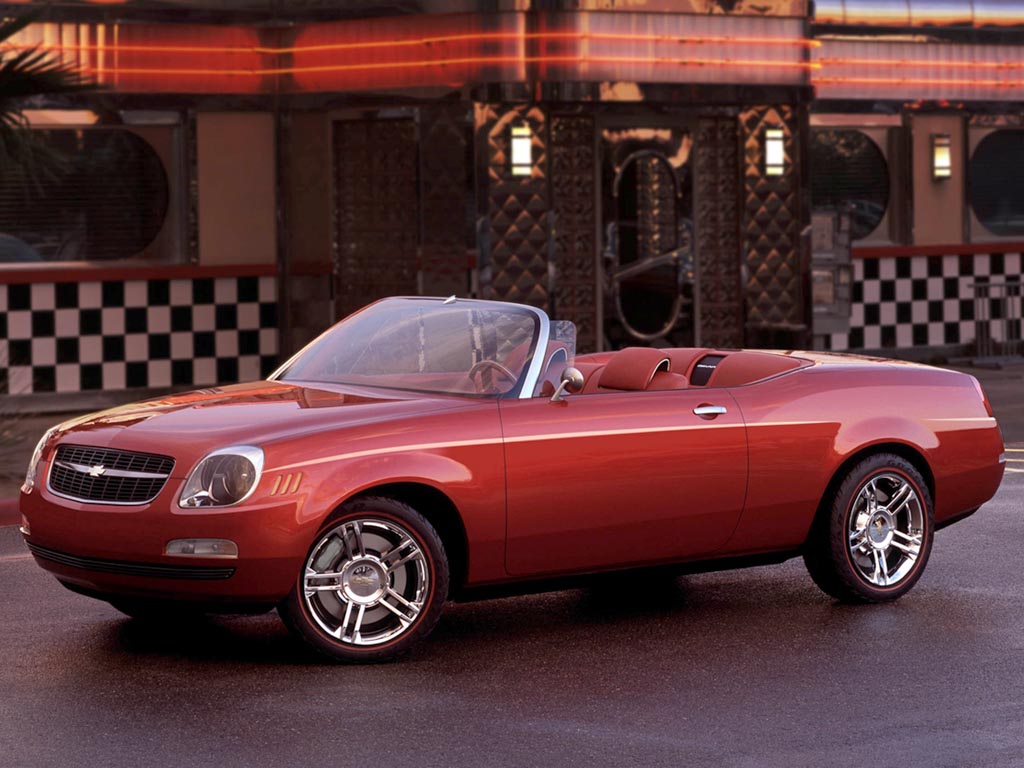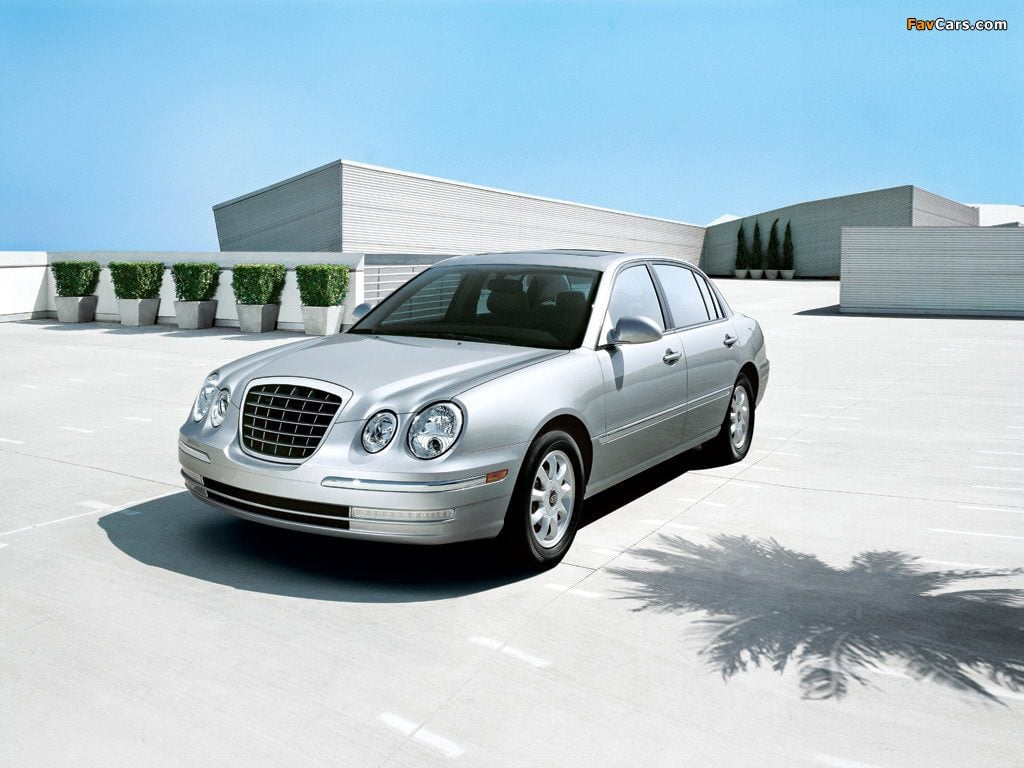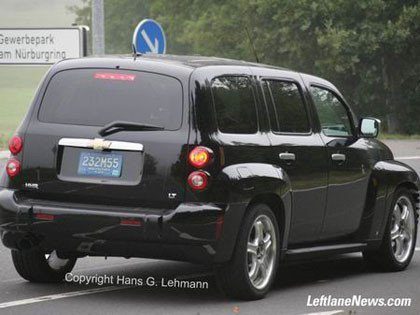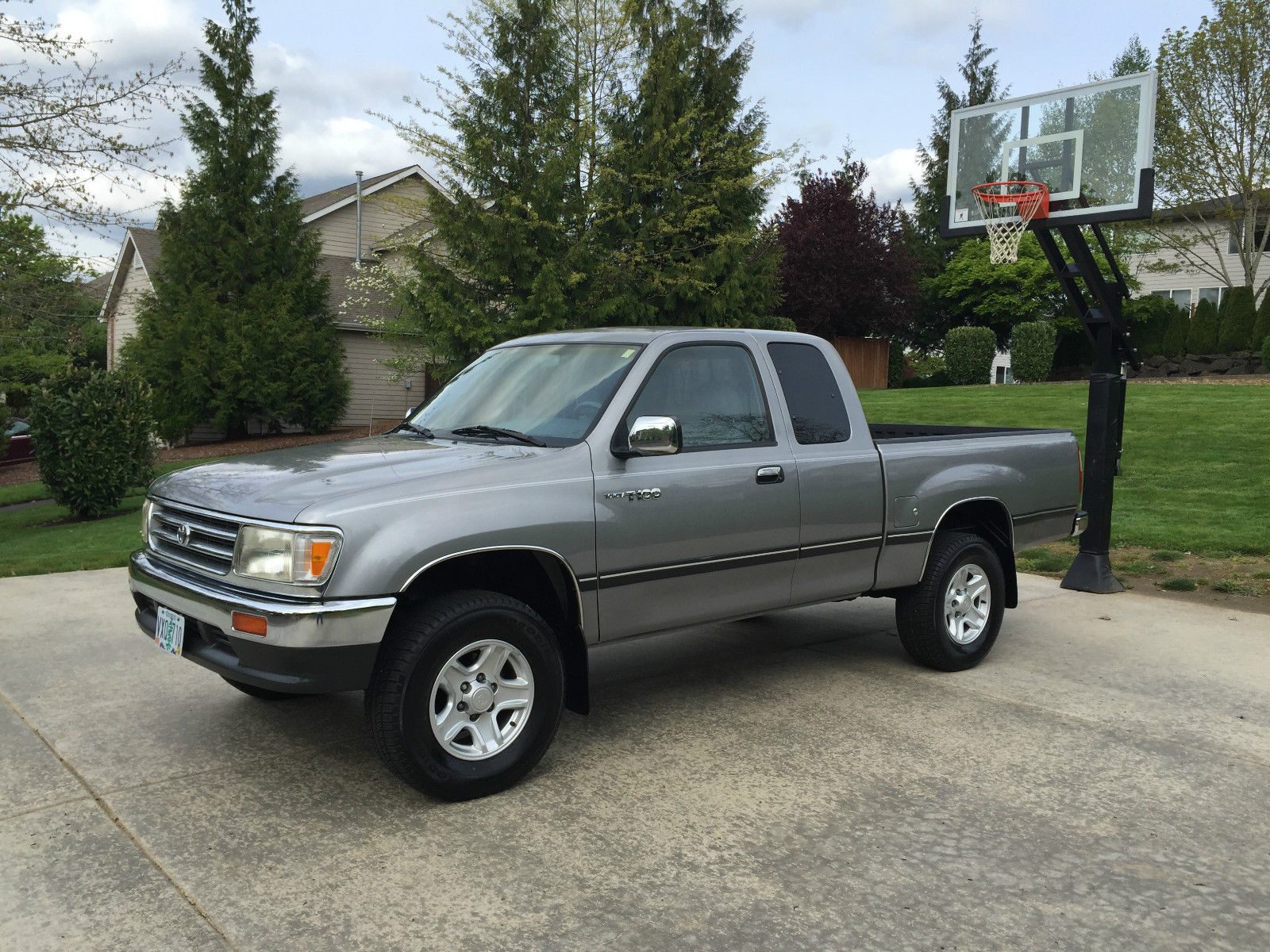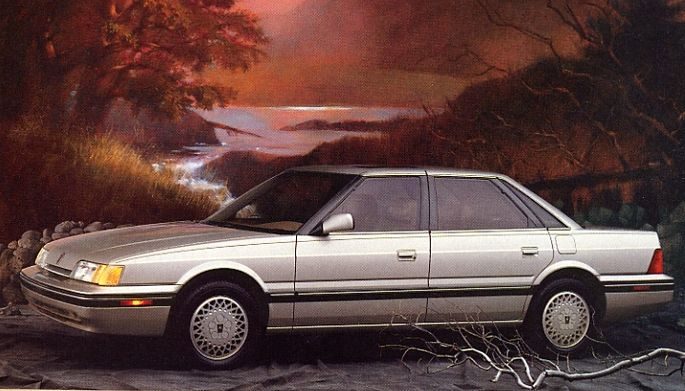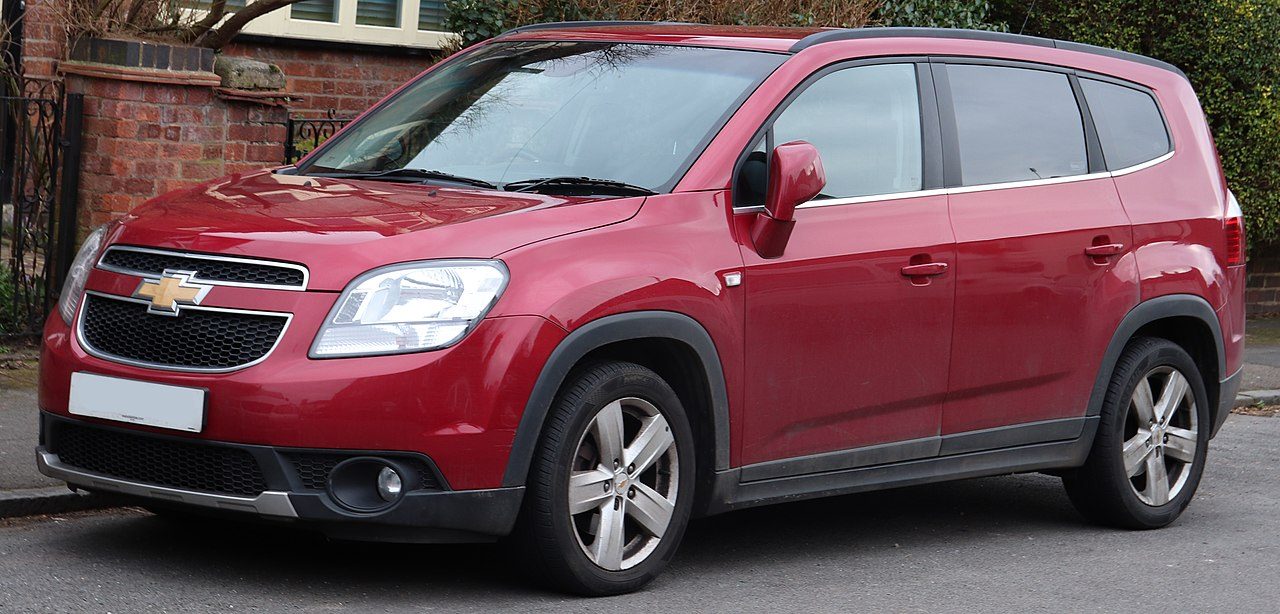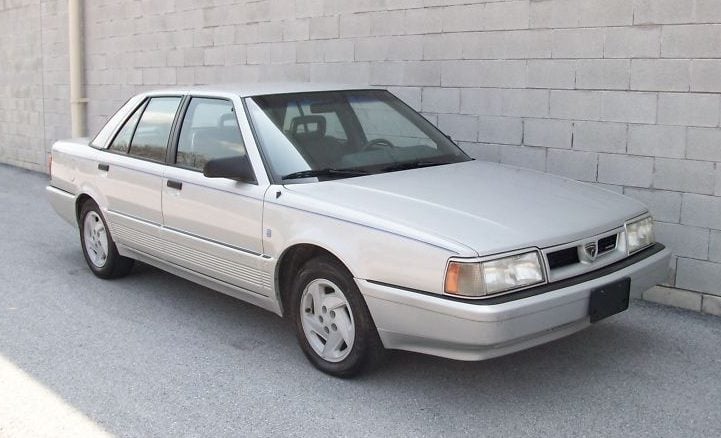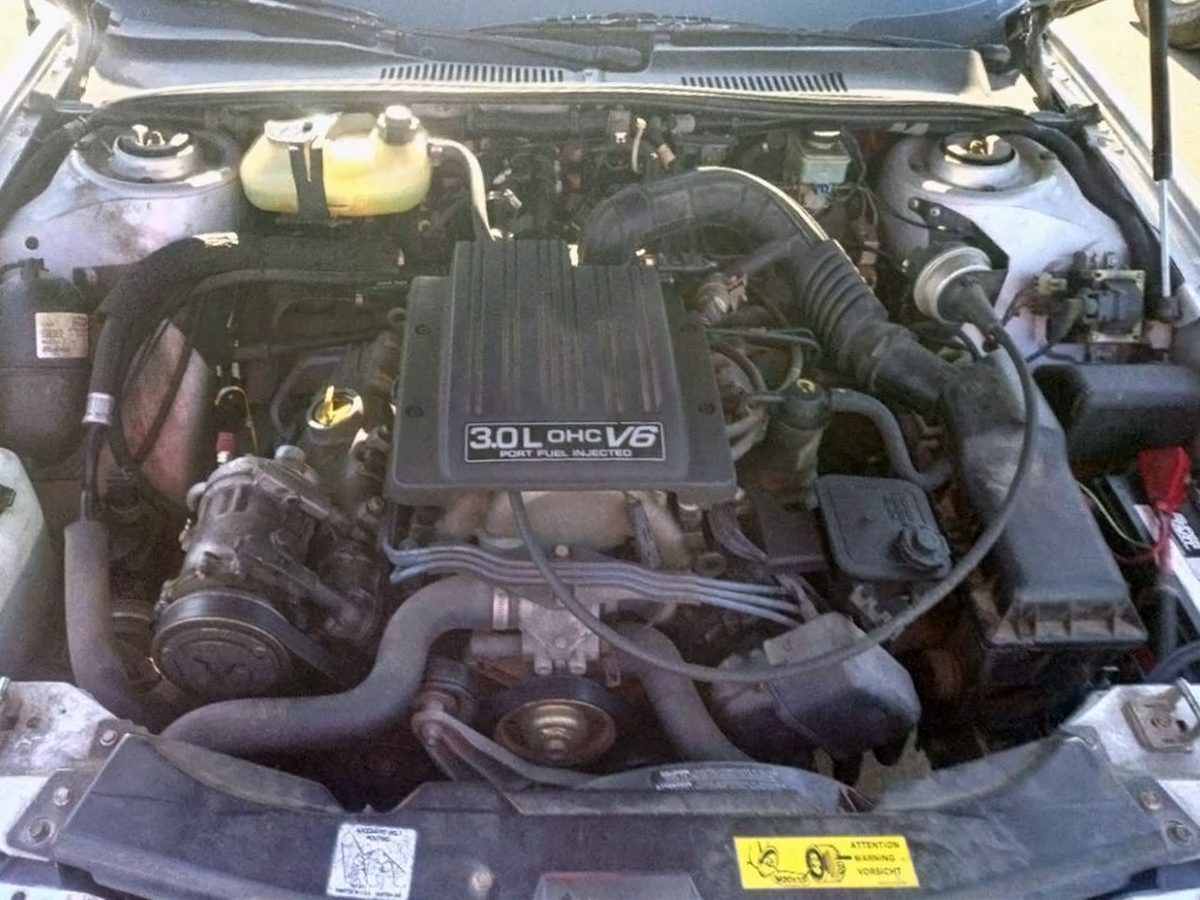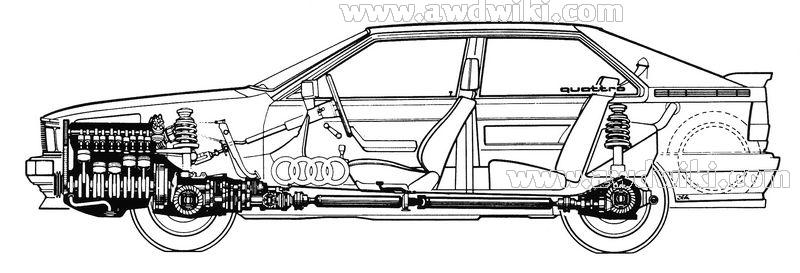2008-2009 Dodge Caliber SRT-4




Saw one of these in traffic just the other day, for the first time in many years. Though only produced for two years, this was the raciest Caliber model offered and served as the spiritual successor to the Neon SRT-4. But unlike the Neon, the Caliber SRT-4 is massively forgotten while the former is still pretty relevant, 15 years later, and there's good reason for it.
Let's start with 0-60 times. The Neon SRT-4 was an absolute monster when it came to off-the-line acceleration; it could shoot up to 60mph in just 5.3 seconds, very impressive for a 230hp compact sedan. The Caliber SRT-4, despite making 285hp, did the 0-60 in 6.0 seconds (.7 slower), since not only was it a heavier car, but the 2.4L Chrysler World inline-four simply lacked the responsiveness of the 2.4L EDT used in the Neon.
Also, the competition was much stiffer in 2008 when the Caliber SRT-4 debuted, compared to 2003, the Neon SRT-4's first year. In those days, the Neon annihilated other sporty compacts like the Focus SVT, Sentra SE-R SpecV, Acura RSX, etc, and wasn't too far away from competing with the Lancer EVO, WRX STI, and even muscle cars like the Mustang Mach 1. The Caliber, however, was no longer a class-leader, outshined by the WRX STI hatch, Cobalt SS Turbo, Mazda 3 MPS, and even the Golf R32. This is mostly because of it's below-average handling and torque steer, which was beyond excessive. In terms of high-performance compacts in this era, it was sadly at the bottom of the barrel.
Finally, the whole fit-and finish wasn't too impressive either. Some regarded the Caliber's 5-door wagon-esque shape to be quite ugly, while looks were never an issue for the Neon SRT-4. As with most Chrysler cars of the Daimler-Chrysler era, overall build quality was poor and the interiors were dull and cheap feeling. This held true in the case of the Caliber.
That being said, the Caliber SRT-4 still cool enough of a car in my book even with it's flaws, nearing guilty-pleasure status. The fact that it never reached the same popularity as other cars in it's class only makes it cooler, since it doesn't have the obnoxious fan-following of the Neon SRT-4 and WRX STi. And the fact that most Caliber SRT-4s today have remained stock while most Neon SRT-4s have been modified really says something about it.

